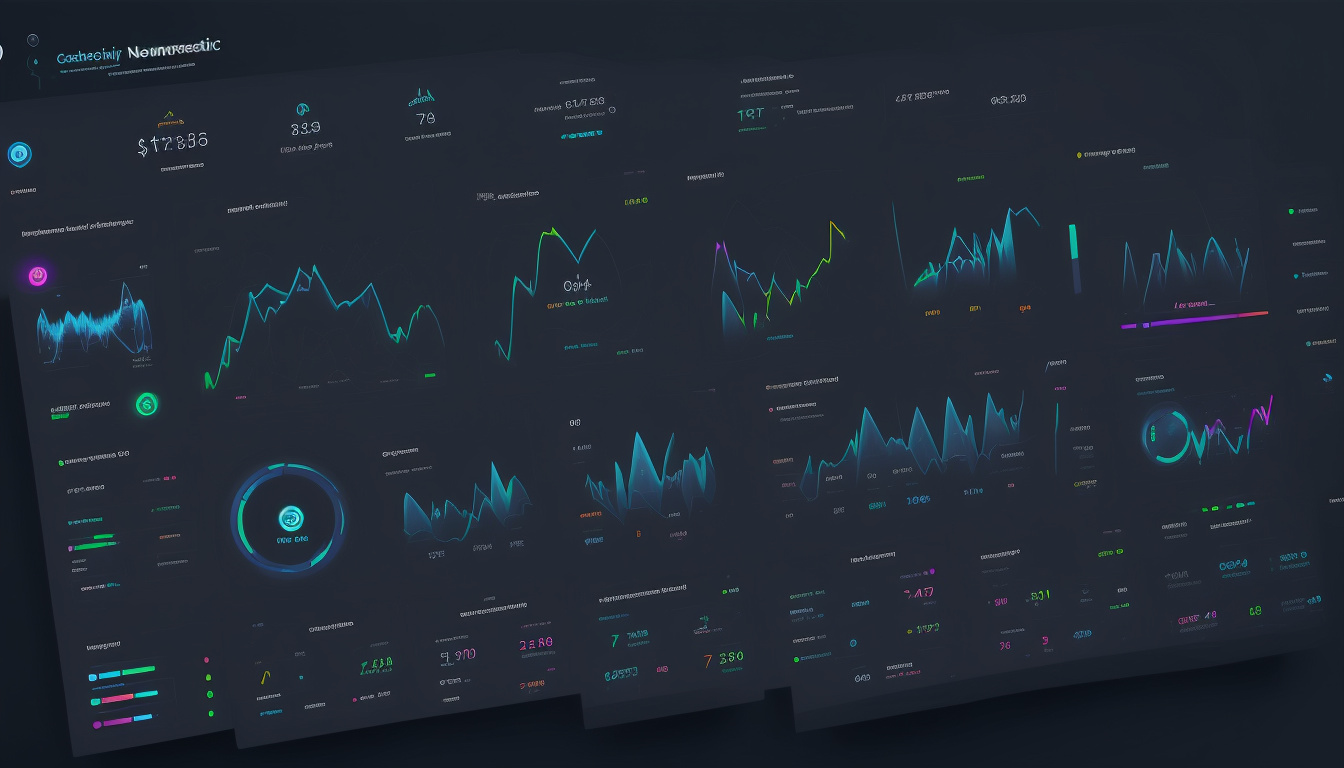In today’s financial world, change races fast. Digital assets transform how we manage wealth online. They empower institutions and individuals alike. This change rests on blockchain and the tokenization of value. Markets shift as technology meets finance.
What Are Digital Assets?
Digital assets are forms of electronically stored content. In finance, they refer to cryptocurrencies—like Bitcoin and Ethereum—digital tokens, and blockchain instruments. Traditional assets, such as real estate or paper stocks, exist tangibly. Digital assets exist only in circuits. Blockchain ensures trust, transparency, and decentralization.
Some forms arise commonly:
- Cryptocurrencies: They are decentralized currencies. Their blockchain roots support transaction and investment functions.
- Utility Tokens: These tokens grant access to blockchain services. Their purpose lies in facilitating product use.
- Security Tokens: They digitally represent shares or bonds. Their link to real assets sustains ownership rights.
- Non-Fungible Tokens (NFTs): Unique digital collectibles and artworks authenticate through blockchain. Their individuality anchors their value.
Recognition of these types sharpens wealth management strategies using digital assets.
How Digital Assets Are Changing Online Wealth Management
Digital assets reshape how wealth is managed. They introduce new layers of efficiency and flexibility:
1. Increased Accessibility
Internet connection gives anyone access. Investors bypass banks and brokers. This democratizes wealth building and opens global markets.
2. Transparency and Security
Blockchain links transactions with immutable data. Its design fights fraud and enhances trust. This technology strengthens online portfolio control.
3. Liquidity and Speed
Digital assets trade nonstop on global platforms. Markets run 24/7, unlike traditional trades with fixed hours. Their continual flow boosts liquidity and quickens decisions.

4. Cost Efficiency
Elimination of middlemen cuts fees. Lower costs support small, frequent investments. Younger, tech-savvy investors find such efficiency appealing.
5. New Classes of Investment
Tokenization transforms real estate, art, or commodities into tradable units. It subdivides assets and diversifies portfolios beyond classical stocks or bonds.
Integrating Digital Assets into Your Wealth Management Portfolio
Inclusion of digital assets needs strategy and risk care. Follow these steps:
- Educate Yourself: Learn blockchain, tokens, wallets, and digital exchanges.
- Assess Your Risk Tolerance: Volatility marks digital assets. Decide how much risk meets your goals.
- Choose Reputable Platforms: Pick secure, well-known platforms and wallets. Trust hinges on these choices.
- Diversify Within Digital Assets: Spread capital among cryptocurrencies, stablecoins, and tokenized securities. A mix prevents overexposure.
- Rebalance Regularly: Performance monitoring and timely adjustments keep allocation in check.
- Stay Updated on Regulations: Evolving rules impact legality and taxation. Stay current or consult a specialist.
Challenges and Considerations in Managing Digital Assets Online
Digital assets hold promise, yet face challenges:
- Volatility: Prices swing and stress portfolio value.
- Security Risks: Hacks and scams visit online systems. Two-factor authentication and secure storage counter these risks.
- Regulatory Uncertainty: Global governments draft new rules. Changes affect legality and tax matters.
- Technological Complexity: Blockchain and wallet control confuse beginners.
Address these issues with education, secure practices, and expert advice.
The Future Landscape of Digital Asset Wealth Management
Innovations merge finance and technology. Wealth platforms add decentralized finance operations such as lending, staking, and yield farming. Artificial intelligence and machine learning now optimize digital portfolios. Industry reports forecast blockchain spending to hit $19 billion by 2024. This figure signals the rise of digital asset services.
Traditional institutions explore custodial services for digital assets. Older systems blend with new methods to deliver seamless, tech-led experiences.
FAQ About Digital Assets in Online Wealth Management
Q1: What is the best way to store digital assets securely?
A: Use hardware wallets or trusted software wallets with robust encryption. Enable two-factor authentication and back up private keys offline.
Q2: Can digital assets be included in traditional wealth management portfolios?
A: Yes. Advisors blend digital assets with conventional investments to diversify risk. Such a choice must match your overall plan.
Q3: How do regulations affect investing in digital assets online?
A: Rules vary by country. They shape taxation, reporting, and token legality. Stay informed through official channels or consult experts in blockchain law.
Conclusion: Embrace Digital Assets to Future-Proof Your Wealth
Digital assets mark the edge of online wealth management. They combine innovation with access and diversification. Challenges remain, yet careful, informed steps yield growth benefits. Seasoned or new, investors find opportunity in digital assets.
Unlock potential: educate, choose trusted platforms, and integrate digital assets into your wealth management strategy. A future of digital wealth awaits!










